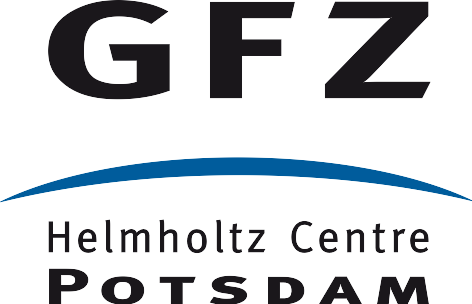Foreword
- This fourth and updated GFZ Gender Equality Plan for the period from 2023 to 2026 for the promotion of equal opportunities is a continuation, update and supplement to the previous plans and therefore also shows the development from 2019 to the present day. In addition to the GFZ-specific principles for measures to promote gender equality, it also takes into account external framework conditions and the legal-administrative integration of the RIFS (Research Institute for Sustainability), which was realised on 1 January 2023. The equality plan applies to the period 2023 - 2026. The equality plan was jointly developed in the course of 2023 and adopted on 21 December 2023 and signed by the Executive Board (Prof. Buiter, Dr Schwartze) and the Staff Council (Dr Vieth-Hillebrand) with the approval of the Equal Opportunities Officer (Dr Weckmann) and contains the following points:
- 1. Dedicated resources - legal framework and diversity and equality officers (Legal framework)
- 2. Data collection and monitoring (Data collection and monitoring)
- 3. Analysis of current employment data
- 4. Objectives until 2026 (Objectives until 2026)
- 5. Gender equality in recruitment and career progression (Gender equality in recruitment and career progression)
- 6. Förderung von Frauen und Vereinbarkeit von Familie und Beruf am GFZ (Promoting women and the compatibility of family and career at the GFZ)
- 7. Gender balance in leadership and decision-making (Gender balance in leadership and decision-making)
- 8. Integration der Gender-Dimension in Forschung und Lehre (Integration of the gender dimension into research and teaching content)
- 9. Maßnahmen gegen geschlechtsspezifische Gewalt einschließlich sexueller Harästment (Measures against gender-based violence including sexual harassment)
- Annex A1. Definitions (Definitions of terminology)
- Annex A2. Additional data analyses (Additional data charts)
- Annex A3. Cascade model (Cascade Model)
- Acknowledgements

